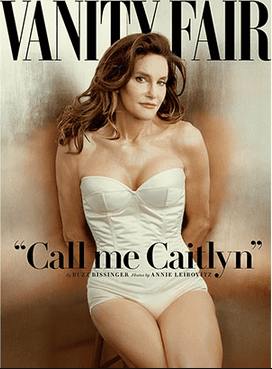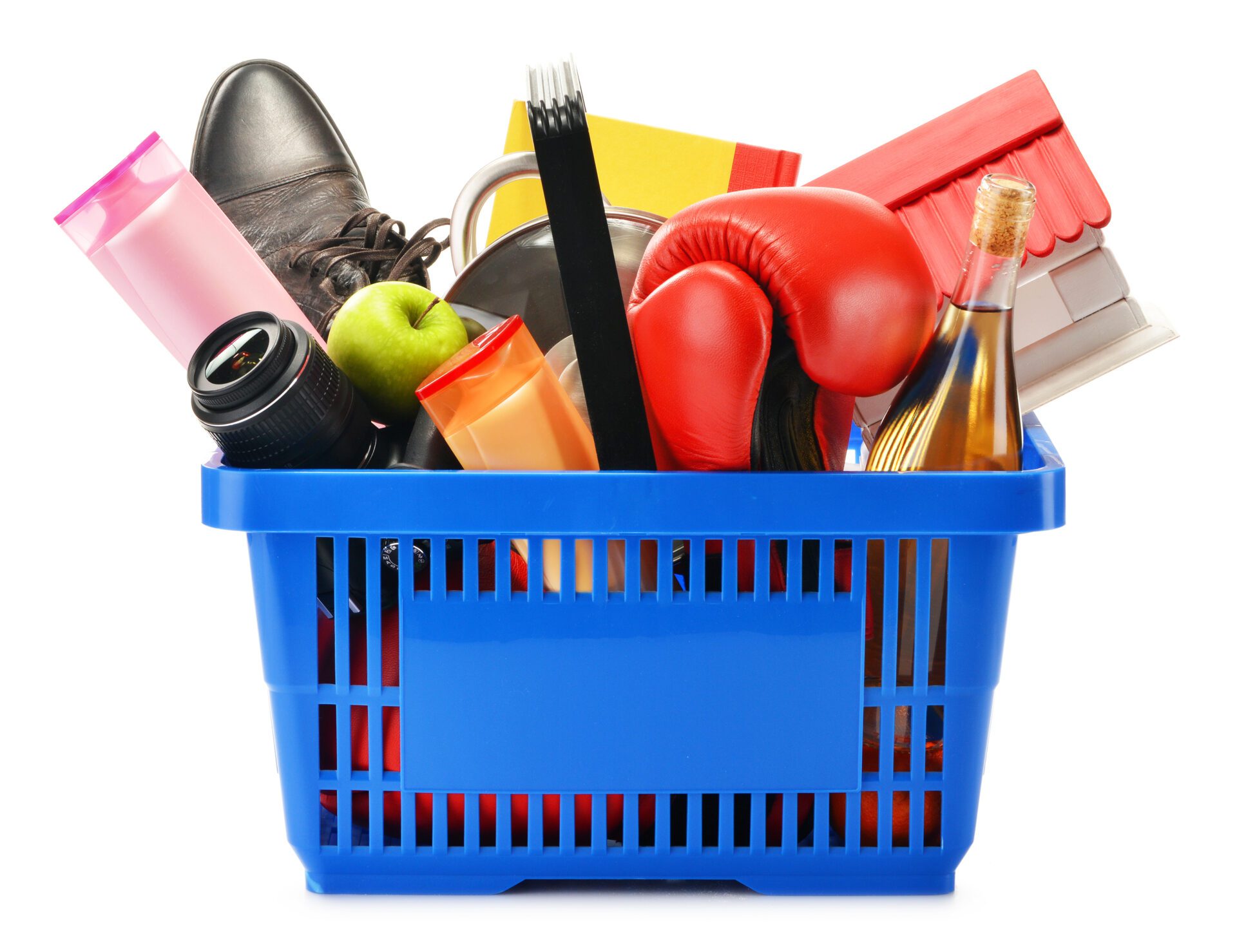Caitlyn J. – #Megabrand? (I) Products vs. Brands
Products and Brands
This is the first in a series of four articles each looking products and brands and utilizing the recent Caitlyn Jenner new product launch as illustration.

“Call Me Caitlyn” (I)
It is probably safe to say that prior to June of this year, many of the people reading this may not have been very familiar with Caitlyn as a girl’s name. It peaked in its popularity in the mid-nineties but has since been superseded by Sophia, Emma, Olivia and Eva to name a few[1].This changed dramatically on June 1st 2015, when Caitlyn Jenner (previously known as Bruce Jenner) was featured on the cover of Vanity Fair magazine asking us to “Call me Caitlyn”, effectively launching what has the potential to be a blockbuster “Caitlyn” brand. If the launch so far, is any indication of its future success, Caitlyn is on track to be instantly recognizable in many world markets. Whether people “like” the name or not, they will certainly become very familiar with it.
A Basket of Products

What is the difference between a product and a Brand?
We should begin by distinguishing between a product and a brand.
A product, is something that can be defined by its functionality, what function it performs to actually fulfill a specific need.
A brand on the other hand, evokes the personality of a product, company or service. A brand is built on perceived value, evoked emotions, experience, expectations and personality. Products can grow into brands and brands may also be used to refer to products. Invariably, a brand is built based on the success of a product, group of products, service or other commercial activity. However, a brand is meaningless until consumers have a chance to experience it and build trust, belief and emotional attachment to it.
Over time products can become genericized, homogenous, outmoded and obsolete. When this happens a consumer is more likely to be influenced in their continued interest or use of the product by the strength of emotional attachment that he or she has to the product / brand.
However, brands are similar to individuals because like any and each individual person, each brand is unique. It takes time for them to develop their personalities they grow, mature and evolve over time.
The US Social Security Administration ranks “Mary” as the most popular female name between 1915 and 2015[1]. Having grown up in Ireland, I know many “Mary’s”. If all of the “Mary’s” I know personally are gathered in a room, I could differentiate them from each other in numerous ways such as by their different physical (product) characteristics likes eye color, hair color, height, glasses etc. but also more specifically and more importantly, I am more likely to differentiate them based on what I know of their personalities (personal branding) and how they might interact with me such as whether they are in general happy, sad, introverted, nervous, extroverted, interested in history or sports etc. If they make me laugh, cry, argue or run away. Similarly, brands are about feelings, aspirations, experiences, wants and emotions. People may need a specific product but they usually request a specific brand.
As an example, tea is my beverage product of choice. Extremely hot, extremely strong, black tea. I am of the opinion that if the tea is not strong enough to support the weight of a fly, then it’s probably not strong enough for me to drink. My brand of choice is Yorkshire Gold tea blended by Taylors of Harrogate, which is one of the numerous branded products sold blended by the company. Taylors is the blender / manufacturer. Taylors Yorkshire Tea one of their brands, and Taylors Gold one of the branded products.

Strong Brands
What Caitlyn is marketing now, is her story. This is her launch product. Eventually, over time Caitlyn and her marketing team will build the “Caitlyn” brand which may eventually include many different products and / or services.

Kodak and Other Brands – Times Square
The success or failure of a product in the marketplace can be determined by its functional performance and features and benefits relative to other products in the category that perform similar functions. Usually, there is very little to differentiate between products in a category since they are all designed to perform a specific function or to fulfill a specific need. A product can be copied and marketed by competitors but it is harder to copy the essence of a brand.
In the second and third parts of this discussion, we take a deeper look at the critical importance of the pre-launch preparation period and its impact on the overall commercial success or failure of the product. In part IV, we look at how Caitlyn and her marketing team appear to be launching the “I am Caitlyn” product story, to date.
[2] US Social Security website http://www.ssa.gov/oact/babynames/decades/century.html Last Accessed 07/27/15
